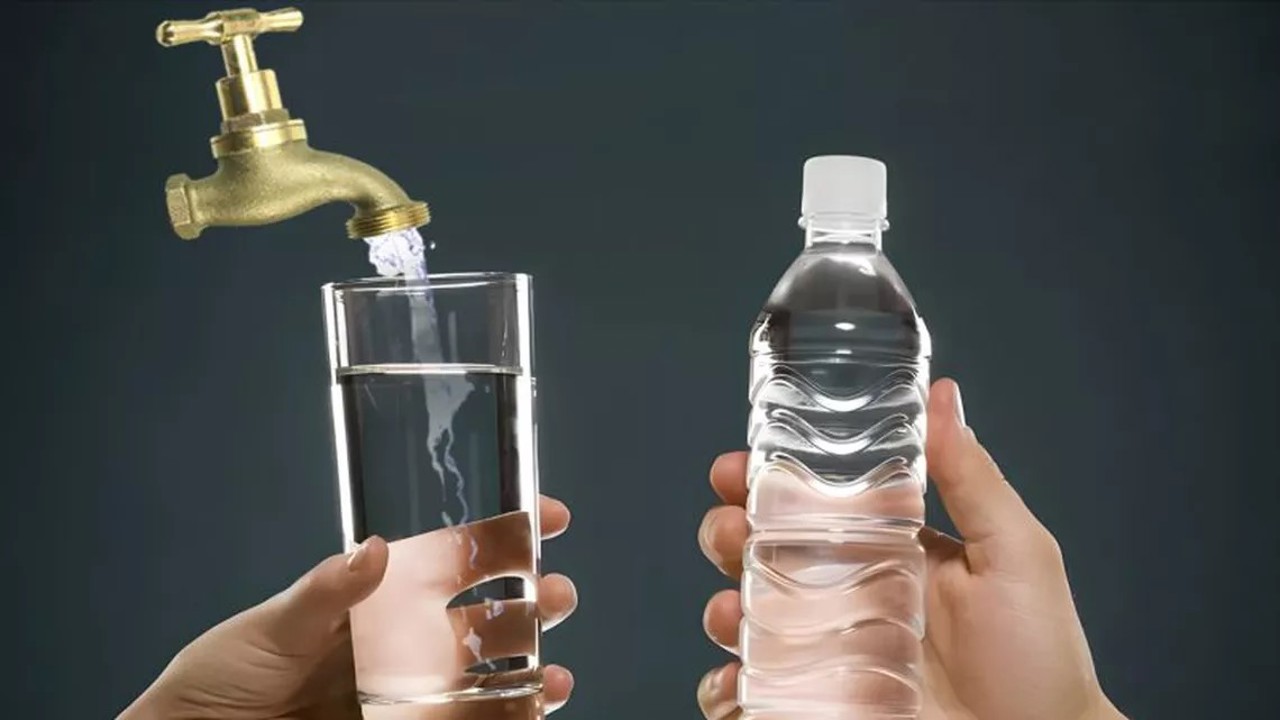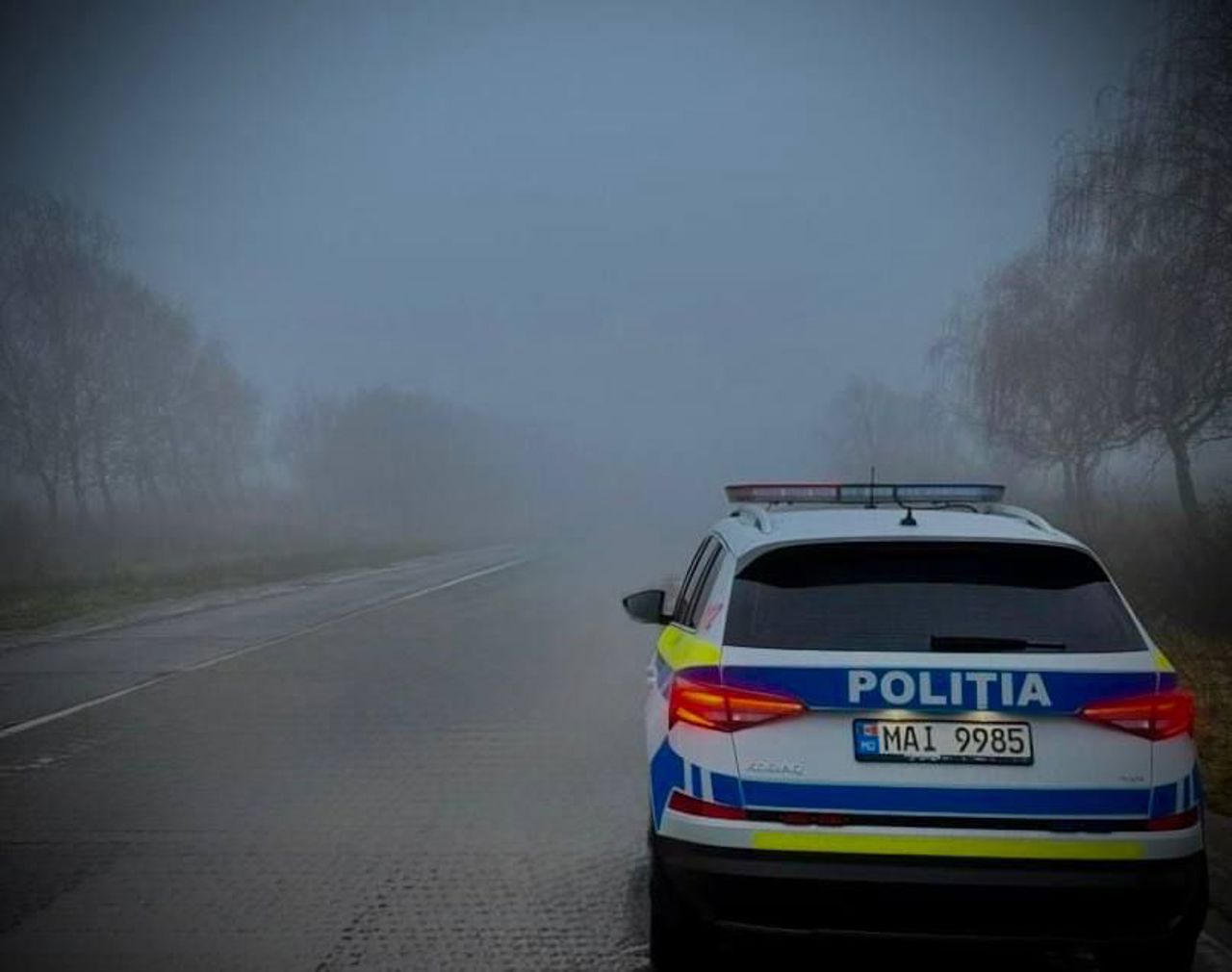Moldova: Tap vs. bottle as microplastics worry rises
Moldova's thirst for bottled water has doubled in the past decade, with each citizen now chugging down an average of 200 litres annually.

However, concerns lurk beneath the plastic caps, as experts point to the presence of microplastics and the lack of comprehensive quality assessments.
"In the absence of proper equipment and methods, definitively saying which water is 'better' is difficult," admitted Ion Șalaru, Deputy Director of the National Agency for Public Health (ANSP). While both bottled and tap water contain microplastic particles, tap water holds the edge in terms of concentration, prompting ANSP to recommend it for daily hydration.
The agency acknowledges the knowledge gap surrounding microplastic impacts on health and the absence of official limits for their presence in water. To address this, Șalaru revealed plans to update the Drinking Water Quality Law, aligning with WHO recommendations and prioritising nanoparticle control measures.
Beyond health concerns, the environmental footprint of bottled water raises eyebrows. As a UN study from March 2023 starkly points out, people pay up to 1,000 times more for bottled water compared to tap water. Globally, bottled water sales have soared by 73% in the past decade, fueling plastic pollution woes.
Moldova's citizens navigate this landscape with varying preferences. Some stick to bottled water, others trust tap water, and many rely on water kiosks. Regardless of the source, ANSP urges everyone to stay hydrated and encourages a shift towards tap water consumption as a sustainable and affordable choice.
Translation by Iurie Tataru



